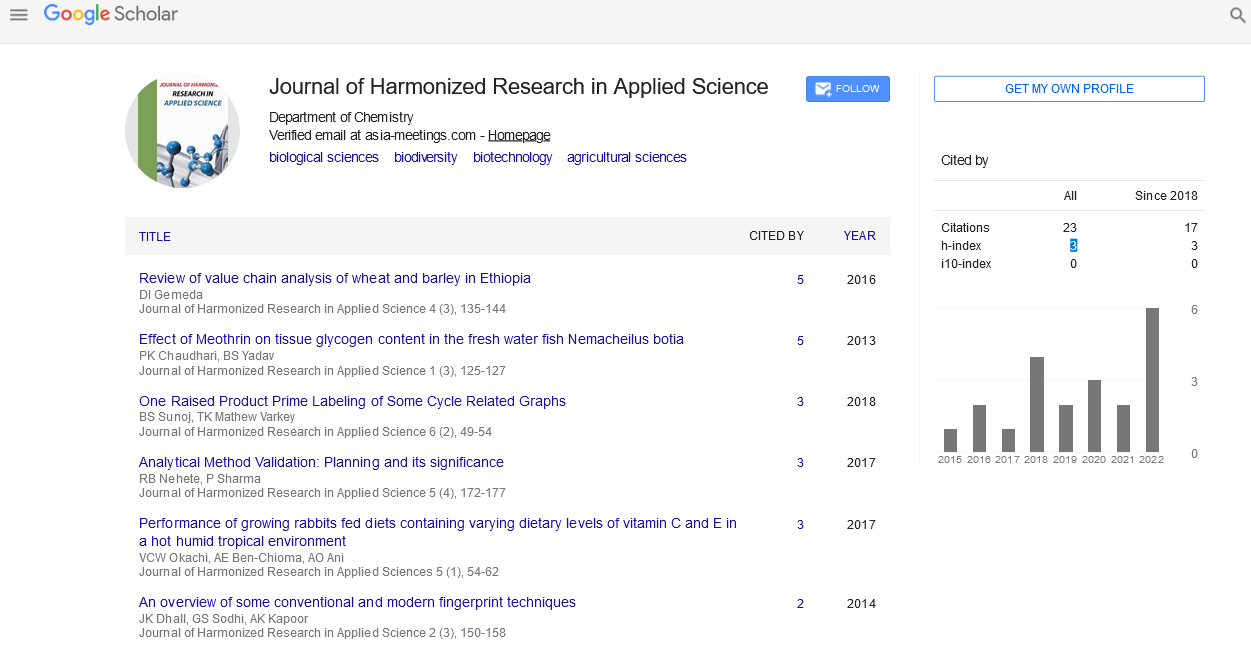REVIEW ON VALUE CHAIN ANALYSIS OF WHEAT AND BARLEY, IN ETHIOPIA
Abstract
Author(s): Dirriba Idahe Gemeda
Ethiopia is known to be the centre of cereal crops diversity with significant value chain through its enormous potential to empower and economically liberate the farmers. But, its biggest challenge i s having a chain that is linked and fully integrated at national and regional levels, responsive to all players along the chain including smallholder farmers and the ultra poor. As a result the full potential of the sector is hampered by high cost of doing business driven largely by high transportation and other costs along major transit/trade corridors handling the nation’s grain trading. Therefore, the specific objectives of the paper were to review different literatures on wheat and barley value chain, market structure and to review different findings on determinants and opportunity of wheat and barley level of supply in Ethiopia. To develop this seminar document, secondary information and findings collected from various databases in URL, were reviewed rephrased and organized. Primarily, the availability and quality of seeds and inputs needs to be improved through investments in breeding, agronomic research, and mechanization, best agronomic practices need to be adopted by, in order to improve value chain efficiency and reduce consumer prices SMHF should be aggregated. The empirical review concluded the relevance and requirements of interventions in the area of agricultural research and institutional innovations to increase flow of information to farmers in fostering increased market participation and agricultural development.










